“Pearl on the banks of the Danube”, “Little Paris of Central Europe”… are beautiful words that tourists often hear or read before their trips to Budapest - the capital of Hungary, a small country located in East-Central Europe.
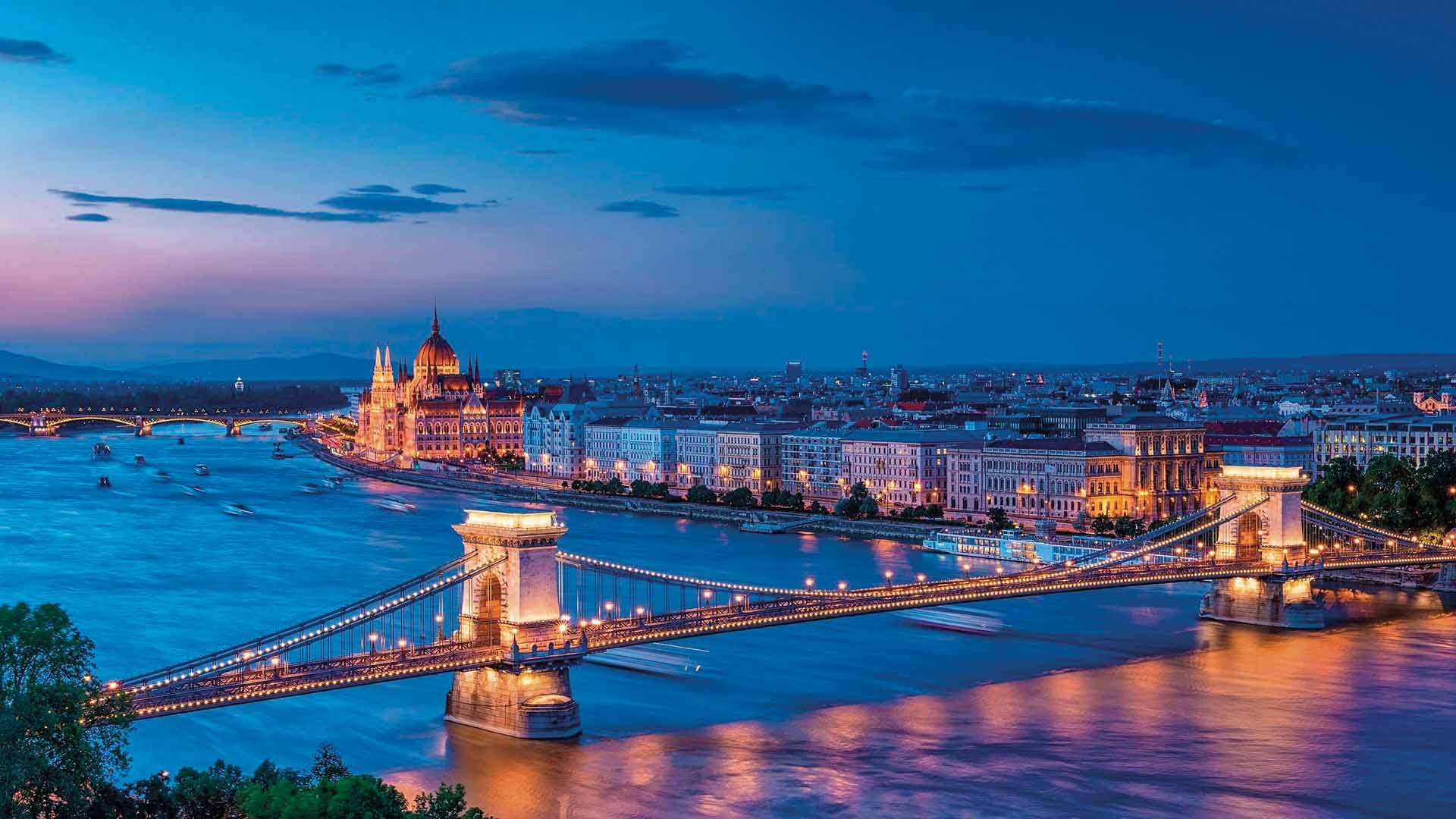 |
| The beauty of the riverside city. (Source: planetofhotels.com) |
In 2023 alone, this 150-year-old city has continuously won prestigious awards from prestigious travel magazines around the world . Budapest has become a "sustainable" destination that is highly appreciated by both tourists and experts. In March 2023, the American magazine Time included Budapest in the list of "World's Greatest Places 2023".
What makes Budapest so attractive to tourists, even though this city does not have skyscrapers or is not famous for its luxurious shopping centers? The answer is its rich history, culture and art reflected in its famous heritages, many of which are included in the World Heritage List of the United Nations Educational , Scientific and Cultural Organization (UNESCO).
"The river returns, the river laughs loudly..."
Rarely, when coming to Central Europe, has anyone not heard the immortal Blue Danube by the composer Johann Strauss “younger” - the model of the Vienna waltzes (Austria). This is always the penultimate piece (as requested by the audience) of the New Year Concert in Vienna, which starts at 11:15 am on January 1st every year, considered the pinnacle of musical passion and mania.
Danube - the mother river of Europe with a total length of about 2,850 km, flowing through 10 countries and 4 capitals in Central Europe, is the subject of many cultural and artistic works and also creates the appearance of many riverside cities.
“The river returns, the river laughs loudly” is the image of the river known in the Vietnamese lyrics of the Blue Danube by musician Pham Duy, and the most beautiful section of the river is in the capital city of Budapest.
It is no coincidence that in 1987, when UNESCO voted on world heritage sites, the architectural works located along the banks of the Danube River were the first to enter the organization's vision.
Unlike the usual practice of listing individual structures or complexes at a site as World Heritage Sites, in the case of Budapest, a whole chain of heritage sites along the riverbank has been given this honor.
Some of the buildings of the Technical University of Budapest, Gellért Baths, the Parliament Building, the Hungarian Academy of Sciences, Gresham Palace and a series of architectural works along the Danube, along with famous historical bridges such as the Liberty Bridge, Erzsébet Bridge or the Chain Bridge, are all highlights of Budapest. All are built along the river and can be admired spectacularly during a Danube cruise.
Not since ancient times has the Danube River been suitable for such construction. In some other capitals with the Danube flowing through them, such as Vienna (Austria), Bratislava (Slovakia), visitors cannot see the city's appearance from a cruise ship. Budapest can do so because in the early 19th century, Count Széchenyi István (1791-1860) proposed the idea of controlling the water and turning the Danube into a gentle river with traffic, transportation and urban life.
The famous philanthropist, considered the greatest Hungarian, did not hesitate to spend a significant part of his fortune to turn Budapest into a regional capital at that time. Not only did he create the premise for the constructions along both banks of the Danube, he also advocated the construction of the first permanent bridge across the Danube, the majestic Chain Bridge that bears his name and was completed in 1849.
The Kingdom of Hungary and its capital Budapest, formed by the unification of the independent administrative units Buda, Pest, Óbuda and Margit Island in 1873, rose to prominence in the period 1867-1914 after centuries of continuous war and developed most dynamically in Europe along with Berlin of Germany in the early 20th century.
Most of the riverside heritages were built during this period, when Hungary was allied with Austria within the framework of the Austro-Hungarian “dual monarchy”. In particular, the Parliament Building is considered the most beautiful in the world, built in 20 years (1885-1904), with its grandeur and majesty in general and sophistication and elegance in every small detail, becoming the greatest symbol of the Hungarian nation and a very favorite destination for tourists.
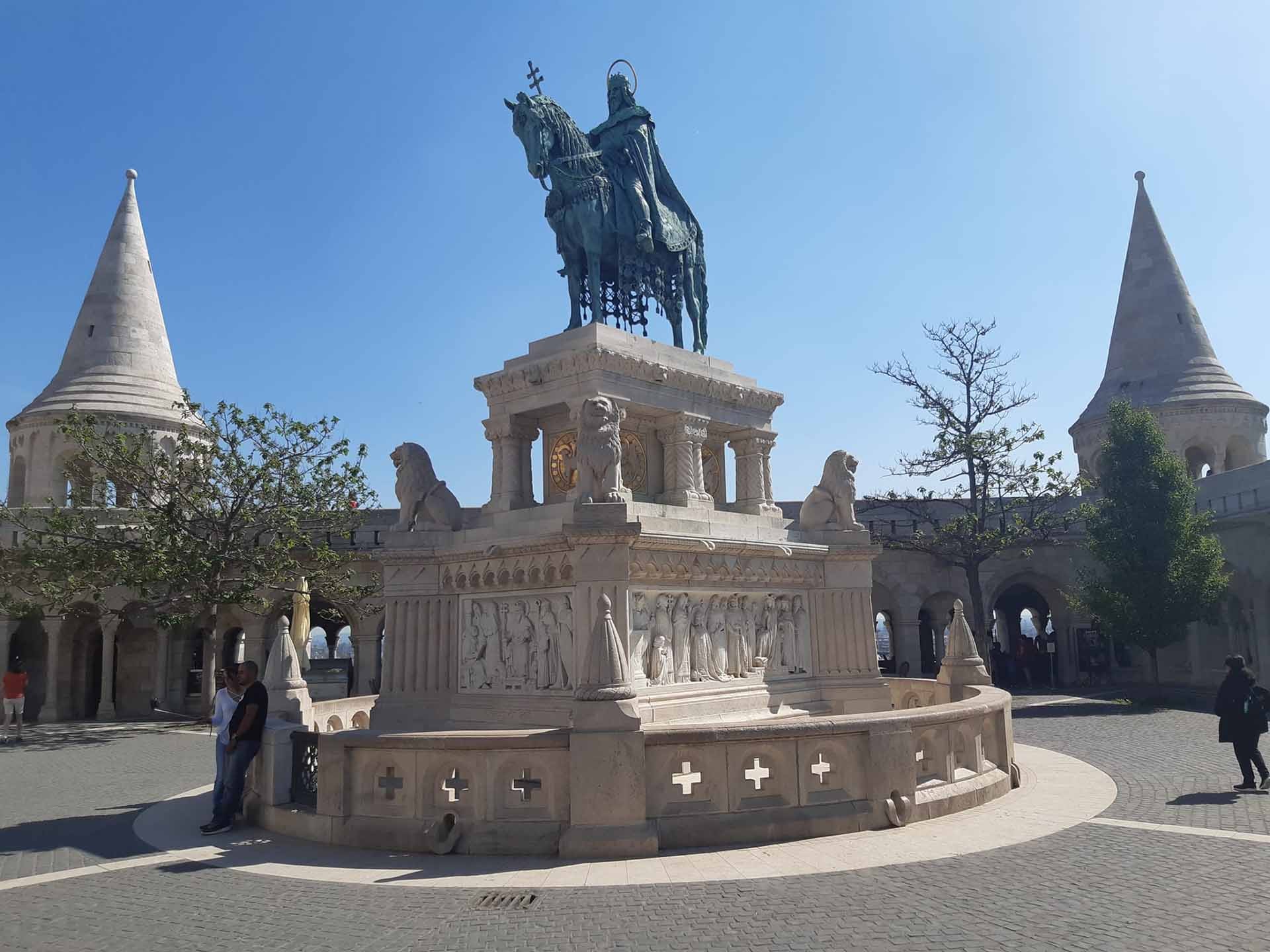 |
| Buda Castle, the ancient part of Buda city, the oldest part of which was built in the mid-13th century. (Photo: Nguyen Hoang Linh) |
Urban charm
Hungary's 1987 World Heritage profile includes not only the structures right on the riverbank, but also the Buda Castle and Heritage Complex, whose history dates back to around the 13th century.
Traveling to Budapest cannot be without the Royal Palace, Mátyás Church, Fisherman's Bastion, Liberty Monument or Citadella Fortress located on high, creating a very majestic scene for the ancient part of the Hungarian capital.
This is a spectacular and harmonious combination of historical, cultural and religious structures built throughout the history of the Kingdom of Hungary. All, once again, reflected in the Danube River, from high in the mountains.
It should be added that the brutal wars in Hungary's history have repeatedly reduced the above heritages to ashes. The restoration and reconstruction process over the past half century has not been without its difficulties, sometimes seemingly intractable, revolving around funding issues and even artistic concepts.
However, the inner city of Budapest basically retains the classical urban planning from the beginning of the 19th century. High-rise buildings have no place in the center, only the Parliament Building and the Budapest Cathedral named after the founding king St. István reach 96m (reminiscent of the moment when the Hungarian people first set foot in the Pannonian basin around 895-896), the rest are lower.
The main streets of the capital have been preserved for about 130-140 years, along with the tram system that was conceived in 1887, keeping the city essentially intact. Visitors can still admire the unique and typical architectural buildings from the Austro-Hungarian Empire, especially on the two avenues Grand Arc de Triomphe and Andrássy Avenue, named after the famous prime minister of the Kingdom of Hungary in the second half of the 19th century.
“Budapest’s Champs-Élysées” is the name given to the 2.3km-long Andrássy Avenue, which has been listed as a UNESCO World Heritage Site since 2002, along with Heroes’ Square at the end of the avenue, which honors the nation’s founding heroes; the underground metro line built under the avenue in 1896 to commemorate the 1,000th anniversary of Hungary’s founding is the first underground metro line in continental Europe.
The National Opera House, the Museum of Fine Arts, the Art Gallery... along with a series of artist cafes over 100 years old and other villas and palaces located along and around Andrássy Avenue make up the urban charm of this city, and are the link between the not-too-distant golden past of the Kingdom of Hungary, and modern Hungary, which has only one-third of its land area left after the wars.
What remains in the hearts of visitors from afar when visiting Budapest? What is special about this capital compared to other famous cities in Central Europe, such as Vienna, Prague, Krakow... all of which have rivers running through them and all of which have castles and royal citadels on high hills, "on the wharf and under the boat"?
A Vietnamese journalist commented that Budapest is the most majestic and imposing, looking from the Royal Palace on Buda Hill to the Parliament House.
Not anywhere else are the creations of human hands and minds preserved, cherished, and respected through the vicissitudes of life. Budapest has done so, as the capital of a country that is not rich in Europe. This is the highlight of this city!
Source




![[Photo] Hanoi morning of October 1: Prolonged flooding, people wade to work](https://vphoto.vietnam.vn/thumb/1200x675/vietnam/resource/IMAGE/2025/10/1/189be28938e3493fa26b2938efa2059e)

![[Photo] Keep your warehouse safe in all situations](https://vphoto.vietnam.vn/thumb/1200x675/vietnam/resource/IMAGE/2025/10/1/3eb4eceafe68497989865e7faa4e4d0e)
![[Photo] President of the Cuban National Assembly visits President Ho Chi Minh's Mausoleum](https://vphoto.vietnam.vn/thumb/1200x675/vietnam/resource/IMAGE/2025/10/1/39f1142310fc4dae9e3de4fcc9ac2ed0)








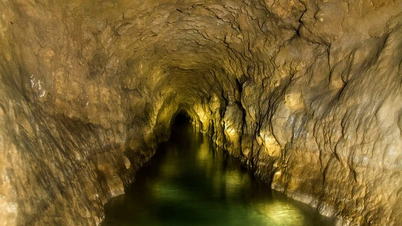






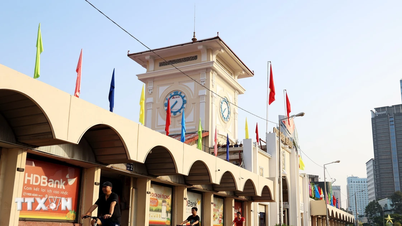

























































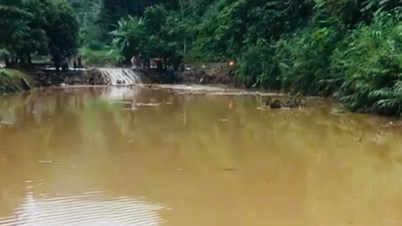














Comment (0)